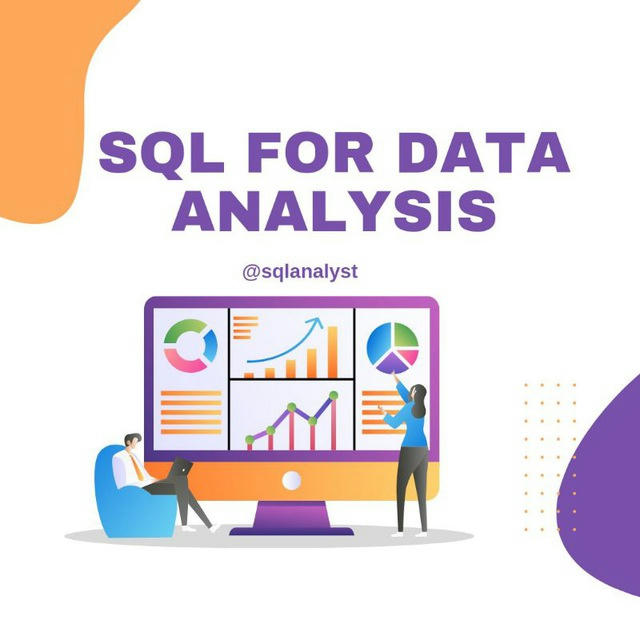🔟 Data Analyst Project Ideas for Beginners
1.
Sales Analysis Dashboard: Use tools like Excel or Tableau to create a dashboard analyzing sales data. Visualize trends, top products, and seasonal patterns.
2.
Customer Segmentation: Analyze customer data using clustering techniques (like K-means) to segment customers based on purchasing behavior and demographics.
3.
Social Media Metrics Analysis: Gather data from social media platforms to analyze engagement metrics. Create visualizations to highlight trends and performance.
4.
Survey Data Analysis: Conduct a survey and analyze the results using statistical techniques. Present findings with visualizations to showcase insights.
5.
Exploratory Data Analysis (EDA): Choose a public dataset and perform EDA using Python (Pandas, Matplotlib) or R (tidyverse). Summarize key insights and visualizations.
6.
Employee Performance Analysis: Analyze employee performance data to identify trends in productivity, turnover rates, and training effectiveness.
7.
Public Health Data Analysis: Use datasets from public health sources (like CDC) to analyze trends in health metrics (e.g., vaccination rates, disease outbreaks) and visualize findings.
8.
Real Estate Market Analysis: Analyze real estate listings to find trends in pricing, location, and features. Use data visualization to present your findings.
9.
Weather Data Visualization: Collect weather data and analyze trends over time. Create visualizations to show changes in temperature, precipitation, or extreme weather events.
10.
Financial Analysis: Analyze a company’s financial statements to assess its performance over time. Create visualizations to highlight key financial ratios and trends.
I have curated best 80+ top-notch Data Analytics Resources 👇👇
https://topmate.io/analyst/861634
Hope this helps you 😊


 Network:
Network: